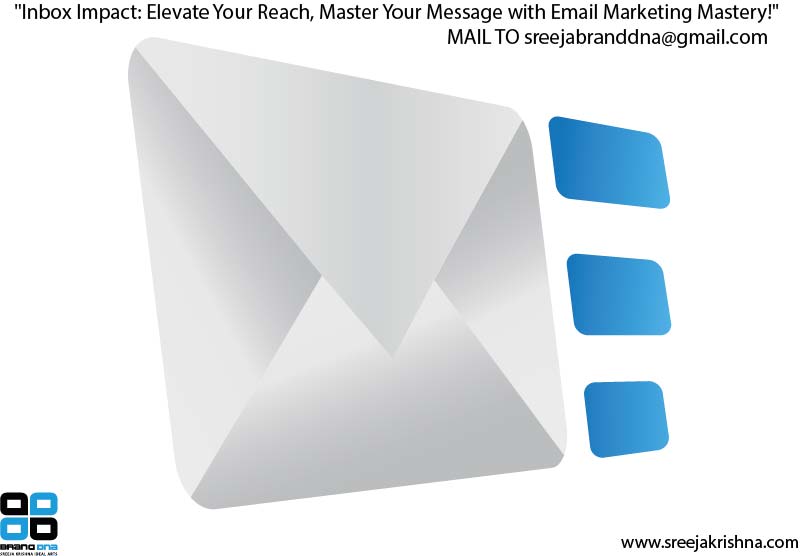
In today’s competitive art world, artists need more than just creativity to thrive financially. They must actively promote their artworks and connect with their target audience. Fortunately, digital marketing provides artists with a powerful tool to showcase their talent and reach a global audience. In this comprehensive guide, we will explore the various aspects of creative fine art digital marketing and how artists can develop effective strategies to promote their work.
What is Creative Fine Art Digital Marketing?

Creative fine art digital marketing involves using digital channels and tactics to promote and sell artworks. It encompasses a range of strategies, including social media marketing, email marketing, content marketing, search engine optimization (SEO), and more. By leveraging these digital tools, artists can connect with their target audience, build brand awareness, and generate sales.
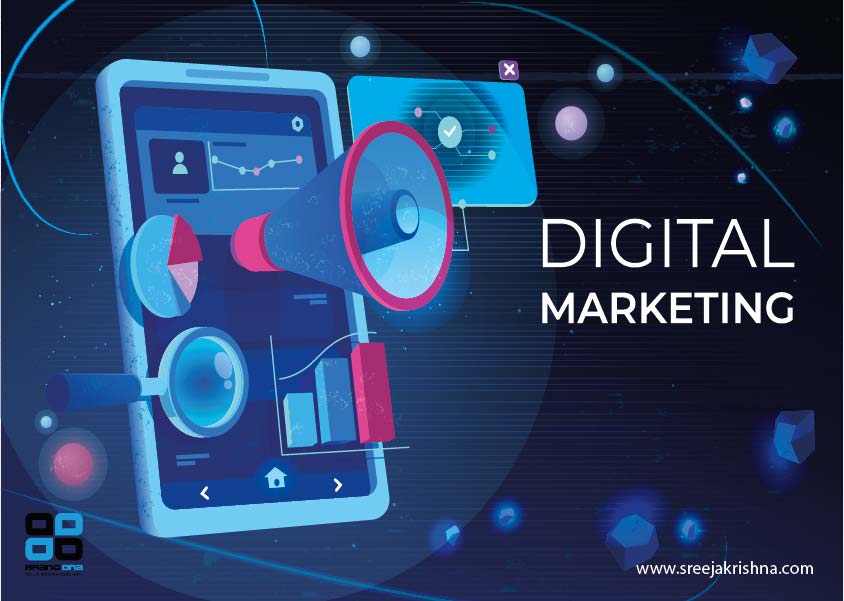
The Benefits of Creative Fine Art Digital Marketing
Digital marketing offers numerous advantages for artists looking to promote their work. Let’s explore some of the key benefits:
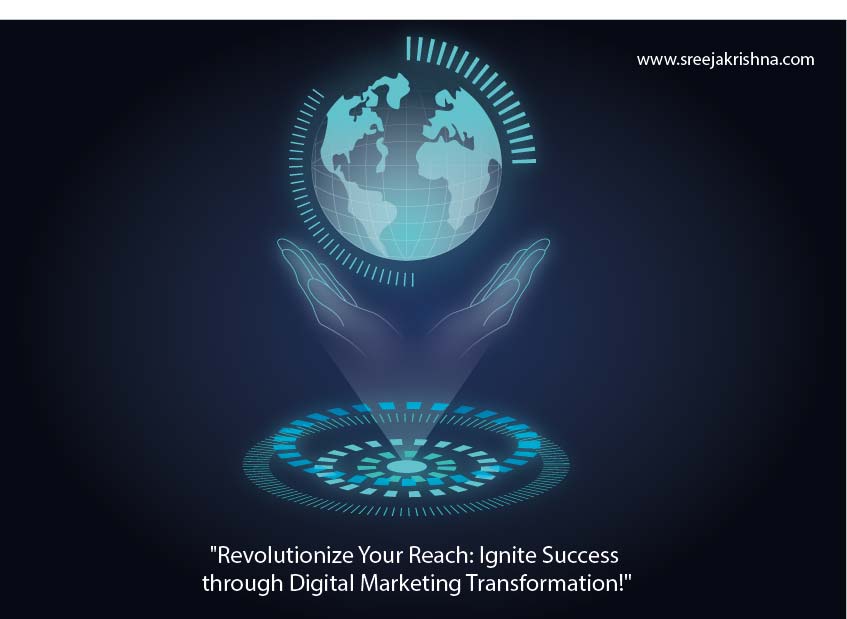
1. Global Reach
Unlike traditional marketing methods that were limited to local galleries, digital marketing allows artists to reach a global audience. With a well-crafted online presence, artists can showcase their work to art enthusiasts from all corners of the world, expanding their reach and potential customer base.

2. Cost-Effective
Digital marketing is a cost-effective alternative to traditional marketing channels. Artists can leverage social media platforms, create engaging blog content, and optimize their websites for search engines without breaking the bank. With minimal investment, artists can achieve significant results and maximize their marketing efforts.
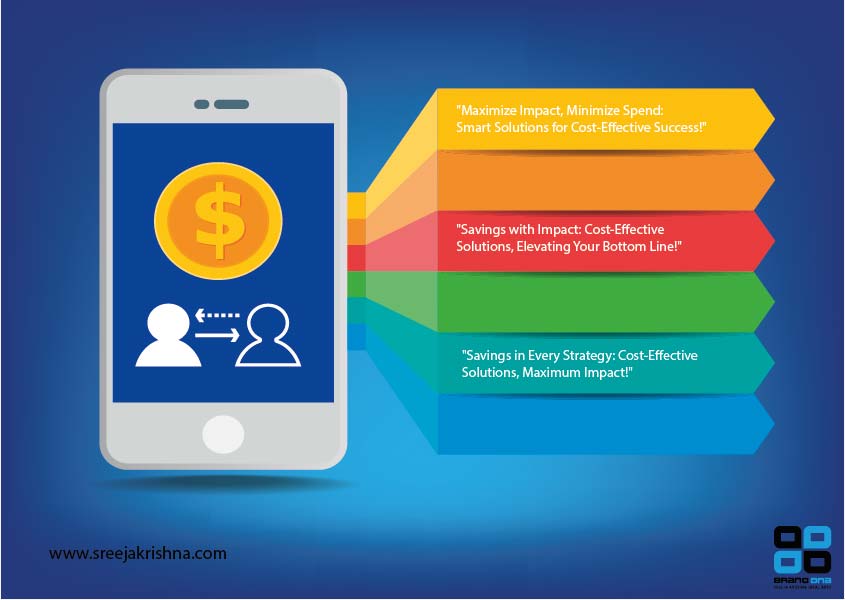
3. Engaging and Interactive
Digital marketing enables artists to create interactive and engaging experiences for their audience. Through social media platforms, artists can share behind-the-scenes glimpses into their creative process, give insights into their inspirations, and build a personal connection with their followers. This interactive approach helps artists build a loyal fan base and establish themselves as a reputable brand.

4. Targeted Marketing
One of the significant advantages of digital marketing is the ability to target specific demographics. Artists can identify their ideal customers and tailor their marketing messages accordingly. By understanding their target audience’s preferences and interests, artists can create personalized content that resonates with their potential buyers, increasing the chances of converting leads into sales.
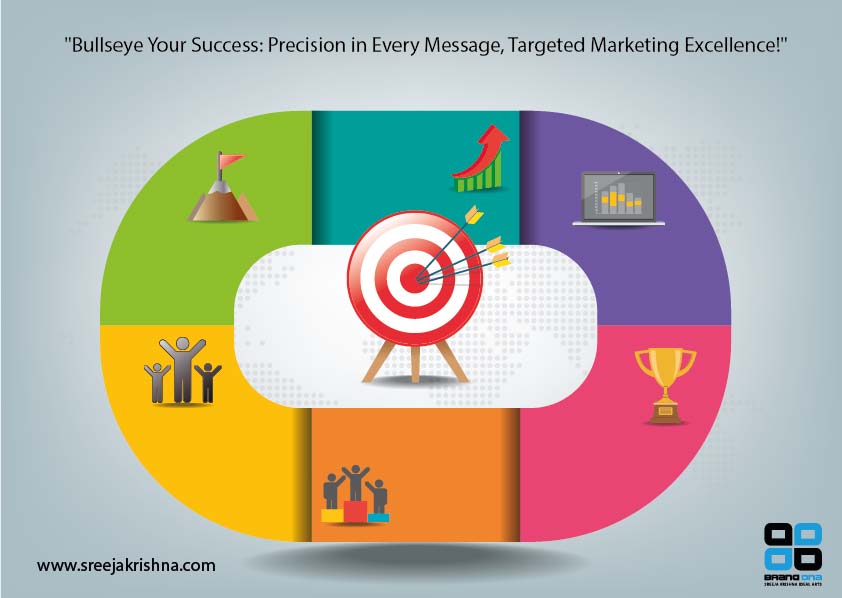
Developing an Effective Creative Fine Art Digital Marketing Strategy

To make the most of digital marketing, artists need to develop a well-defined strategy. Here are key steps to build an effective creative fine art digital marketing strategy:
1. Define Your Goals
Before diving into digital marketing, artists should set clear goals and objectives. Whether it’s increasing online sales, building brand awareness, or expanding their customer base, having well-defined goals helps artists stay focused and measure their progress.
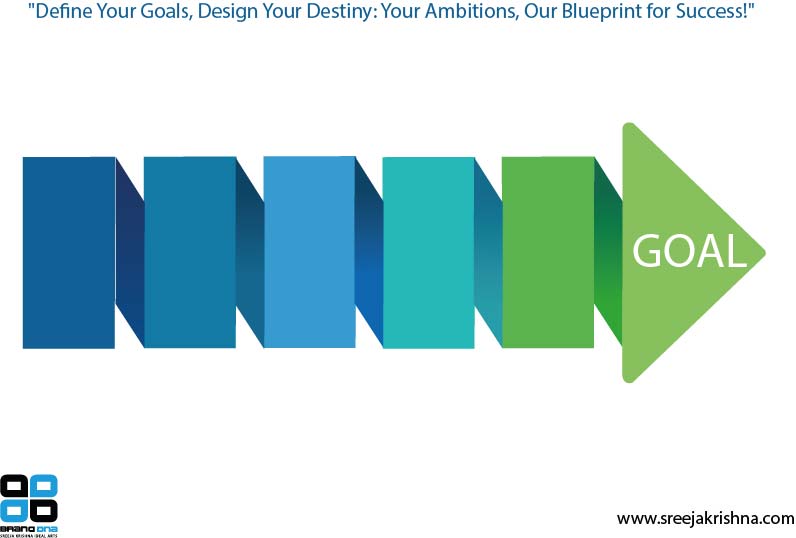
2. Build an Impressive Online Portfolio
An online portfolio is the foundation of an artist’s digital presence. It serves as a showcase for their artwork and allows potential buyers to explore their style and talent. Artists should curate their portfolio carefully, including their best and most representative works. Additionally, including client testimonials can build credibility and trust among potential buyers.

3. Leverage Social Media Platforms
Social media platforms are powerful tools for artists to connect with their audience and showcase their work. Each platform offers unique opportunities for engagement. Artists should choose platforms that align with their target audience’s preferences and create compelling content that reflects their artistic vision. Regularly posting updates, behind-the-scenes glimpses, and engaging with followers can help artists build a loyal community of art enthusiasts.
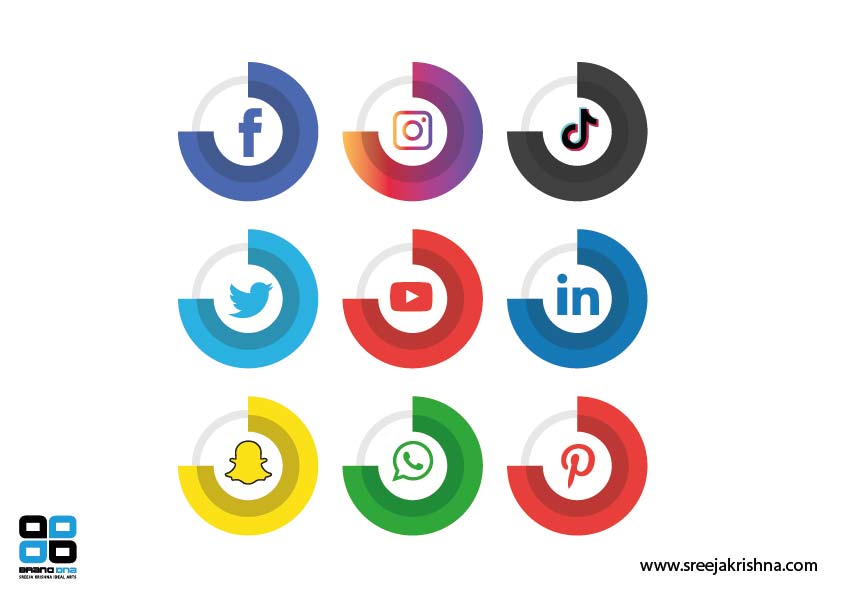
4. Engage in Content Marketing
Content marketing is a valuable strategy for artists to establish themselves as experts in their field and attract potential buyers. Artists can create engaging blog posts, videos, and other forms of content that provide insights into their creative process, share tips and techniques, and discuss relevant art-related topics. By consistently delivering high-quality content, artists can drive organic traffic to their website and build a reputation as a trusted authority.
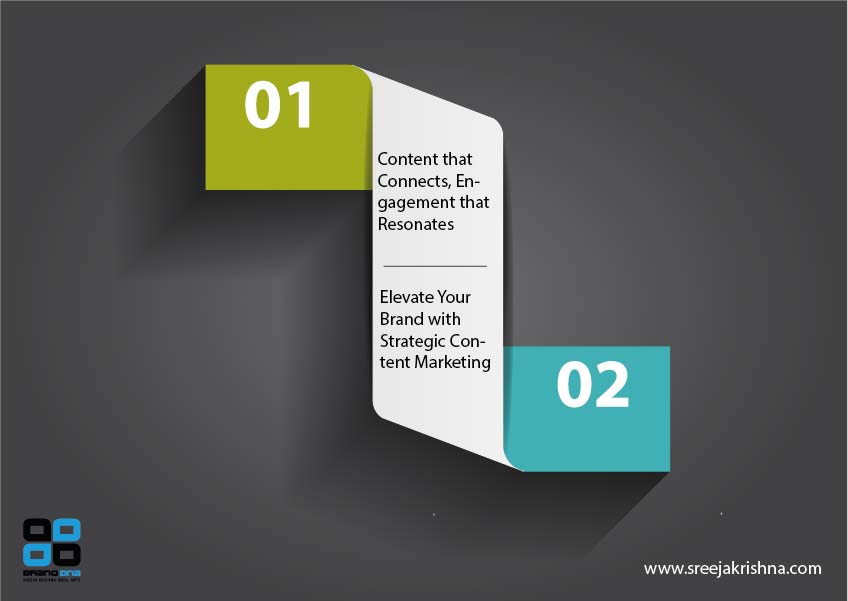
5. Optimize for Search Engines
Search engine optimization (SEO) plays a crucial role in improving an artist’s online visibility. By optimizing their website, blog posts, and online portfolio for relevant keywords, artists can increase their chances of ranking higher in search engine results. This, in turn, drives organic traffic to their website, exposing their artwork to a broader audience.

6. Use Email Marketing
Email marketing is a valuable tool for artists to nurture relationships with potential buyers and keep their audience informed about their latest works and exhibitions. Artists can collect email addresses through their website and offer exclusive content or discounts to subscribers. By sending regular newsletters and updates, artists can stay top-of-mind with their audience and drive engagement.
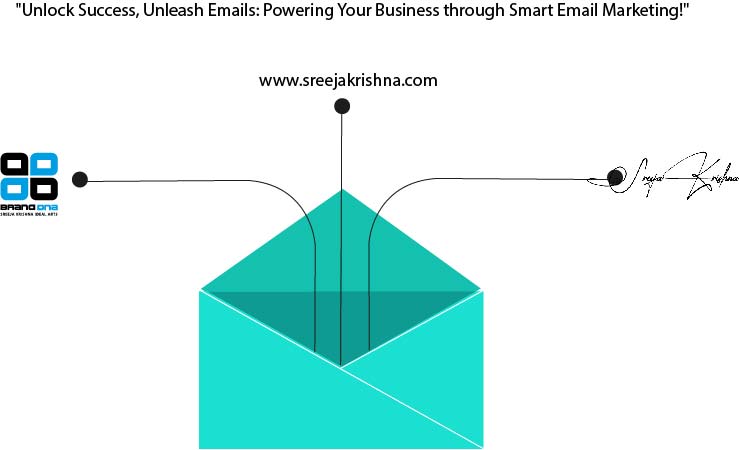
7. Collaborate with Artists and Influencers
Collaborating with other artists and influencers in the art industry can help artists expand their reach and attract new followers. Artists can cross-promote each other’s work on social media, participate in joint exhibitions, or collaborate on creative projects. By leveraging the existing audiences of other artists and influencers, artists can tap into new networks and gain exposure to a wider audience.
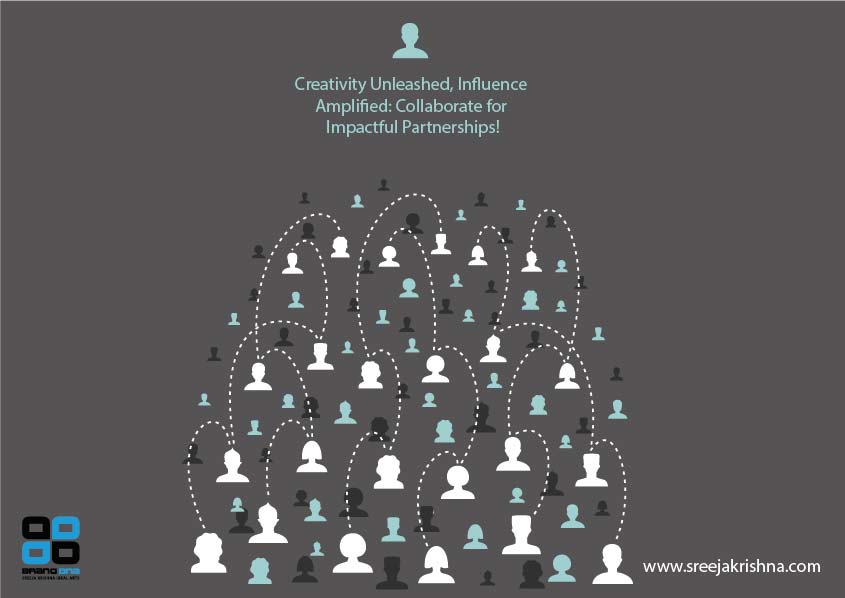
8. Implement Paid Advertising
While organic reach is valuable, artists can also consider investing in paid advertising to boost their visibility. Platforms like Facebook, Instagram, and Google Ads offer targeted advertising options that allow artists to reach their ideal customers. By strategically allocating their advertising budget and creating compelling ad campaigns, artists can drive traffic to their website and increase sales.
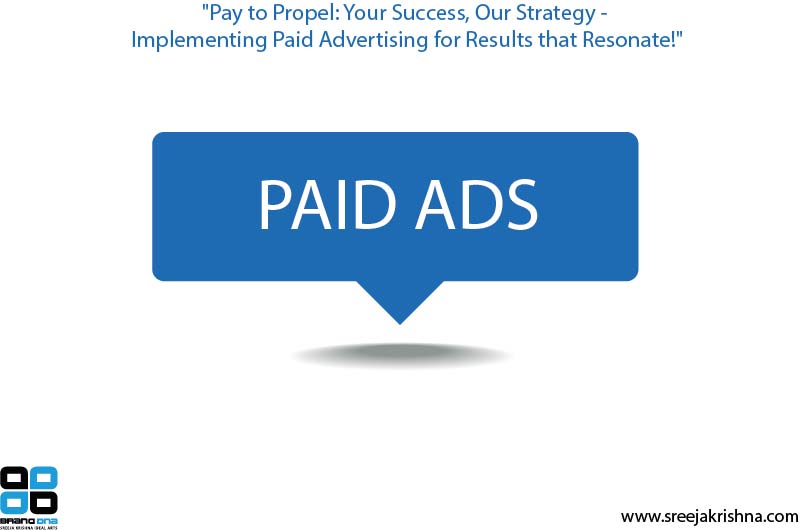
9. Monitor and Analyze Performance
Regularly monitoring and analyzing the performance of digital marketing efforts is essential to optimize strategies and achieve better results. Artists should track key metrics such as website traffic, social media engagement, email open rates, and conversion rates. By understanding what works and what doesn’t, artists can make data-driven decisions and refine their marketing strategies for maximum impact.
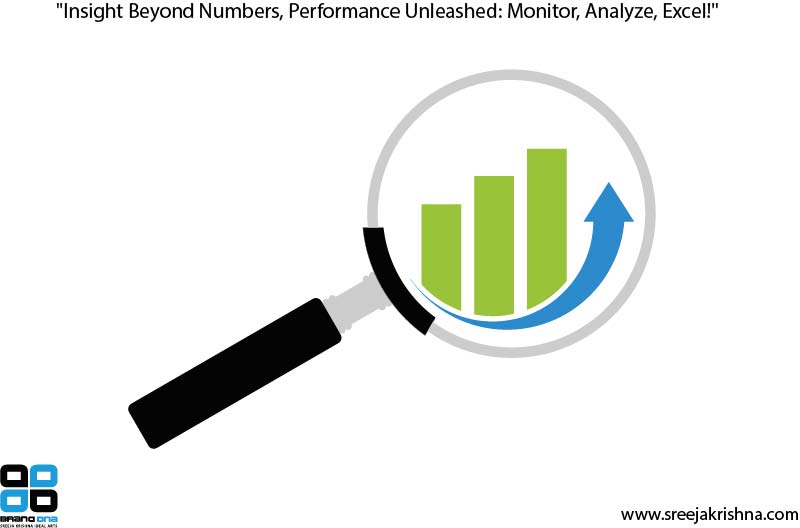
Conclusion
In the digital age, creative fine art digital marketing is essential for artists to thrive and reach a global audience. By leveraging digital channels, artists can showcase their talent, engage with their target audience, and drive sales. By developing a well-defined digital marketing strategy and implementing various tactics such as social media marketing, content marketing, SEO, and email marketing, artists can establish themselves as reputable brands and achieve long-term success in the art industry. Embrace the power of digital marketing and unlock new opportunities to showcase your creativity to the world.
